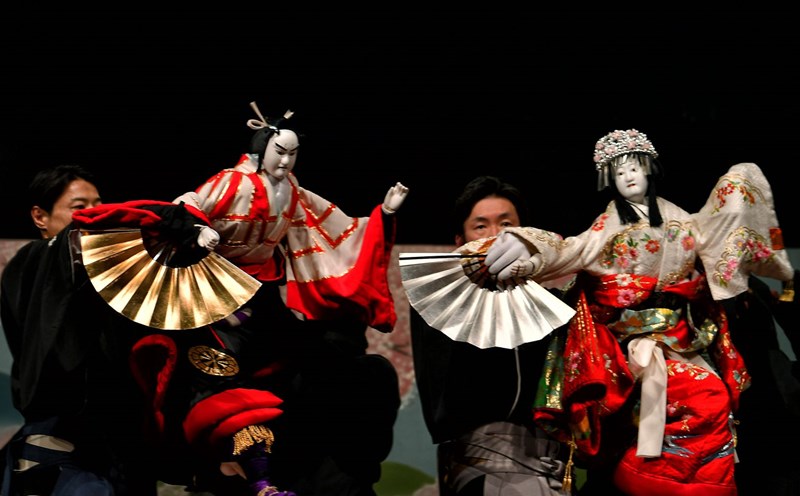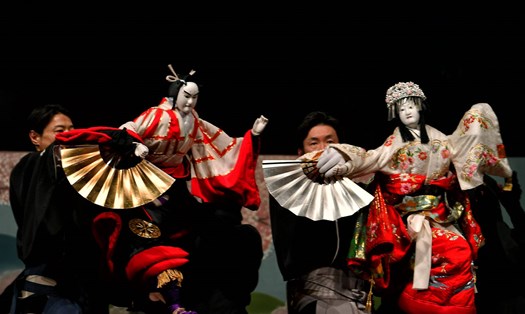A Tsunami warning has been issued for coastal areas of Hokkaido and Honshu, while a Tsunami warning has been issued for Shikoku, Kyushu and Okinawa.
Waves up to 3 meters high are forecast, and people are being urged to urgently move out of coastal areas and riverbanks to ensure safety.
According to the Japan Meteorological Agency, the first typhoon is expected to make landfall at 10am in central and eastern Hokkaido, from 10:30am in western Hokkaido, the Pacific coast of Aomori province, as well as the coastal waters of Iwate and Miyagi provinces.
The waves are expected to arrive at 11am in Fukushima and Ibaraki provinces, the Boso peninsula in Chiba province, Izu province; and from 11:30am in the Ogasawara Islands, Shizuoka province, south of Mie province, Wakayama and Miyazaki provinces, the Japan Times reported.
The latest information on wave height can be updated on the website of the Japan Meteorological Agency. Currently, this agency is also holding a press conference to provide more details.
Japan's Chief Cabinet Secretary Yoshimasa Hayashi held a press conference shortly after the warning was issued, saying, "We are verifying whether there were any damage or casualties."
He called on people in the affected areas to quickly evacuate to higher ground or other safe places.
NHK reported that the Emergency Response Office was established at the Prime Minister's Office at 8:37 (local time).
The Japanese government is also verifying the risk of affecting seaports and airports.
The National Oceanic and Atmospheric Administration (NOAA) has issued a series of Tsunami warnings and recommendations for territories in the Pacific Ocean and the west coast of the US.
A Tsunami warning has been applied to much of the US West Coast from the Mexico border to part of Canada and Alaska. Hawaii and Guam have also been put under warning.
The 8.7 Richter earthquake on Wednesday morning occurred at 8:44 a.m. (local time), with the center of the earthquake located 126 km southeast of the city of Petropavlovsk- Kamchatsky (Russia), at a depth of 18.2 km, according to the US Geological Survey (USGS).
Previously, the initial size was recorded at 8.0.
On the afternoon of July 20, two other strong earthquakes with a magnitude of 7.0 and 7.5 also occurred off the Kamchatka peninsula at 5:28 and 15,49 (local time).
Tourists are advised not to walk, swim, fish or visit near the sea, wharves, river mouths... until the authorities announce safety. City waves can hit many times, not being able to be observed with the naked eye from afar.
If you are in an area with a Tsunami warning (especially Hokkaido, Honshu, Shikoku, Kyushu, Okinawa), visitors should immediately move to a higher place (the hill, the elevation of the hotel) or follow the instructions of local authorities, tourism management agencies and hotels.
Some seaports and airports may be affected or temporarily closed. Check the status of flights, tourist boats, ferries and contact the transport company for specific instructions.
If you are staying at a hotel near the beach, you should ask the receptionist about the evacuation plan, prepare essential items (passport, water, medicine, flashlights, backup chargers, etc.) in case you have to move urgently.
Japan is a country with a good natural disaster warning and response system. Tourists should stay calm, not be subjective, and follow the instructions of local authorities and people.








